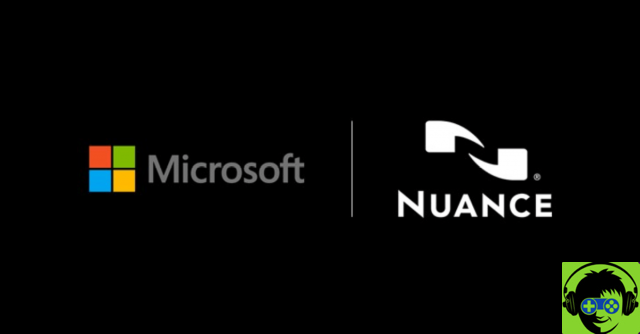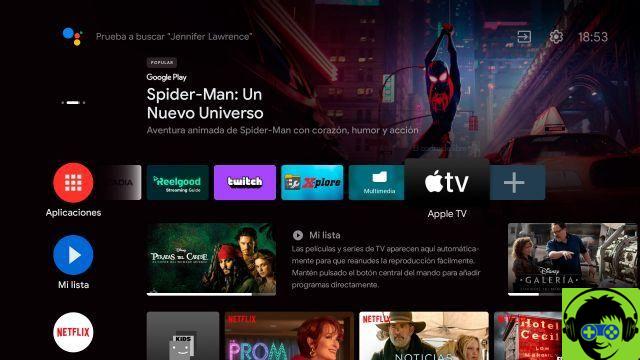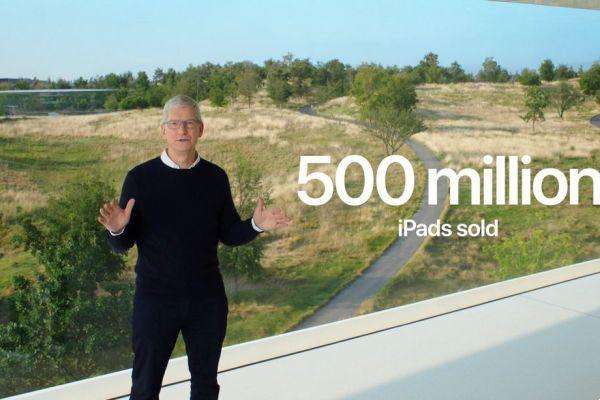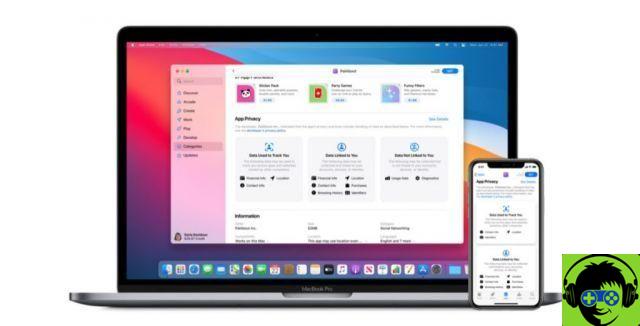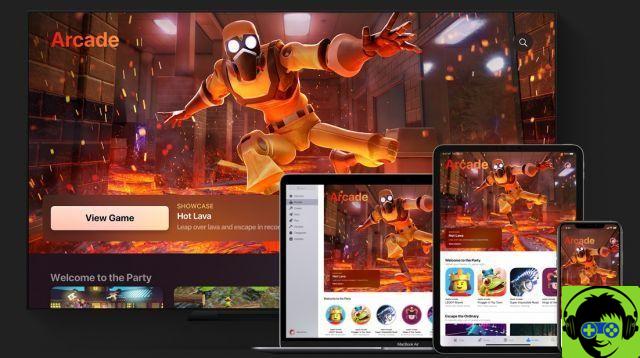As part of its new product advertising strategy, Apple now includes interviews with selected media not only to talk about technical things but also to facilitate the "dip."
I imagine it is a play on words: today I will grant you the interview, next time I will give it to you ... and thus break the image of secrecy and indifference that so often characterizes Apple, which - as we have also said many times - sounds his thing, seemingly without much concern for what's going on around him.
A case in point is the creation of the M1, the next generation of System on a chip (SoC) that Apple has developed to make its computers the most powerful in the world.
Although most people - including those who will buy an Apple computer with the new architecture - do not understand the extent of what has happened (many will not connect the current situation with Apple developing their own smartphone and what the competition was supposed to be) ), the truth is that Apple has taken a quantum leap that has the potential to leave other chip makers staring at it as it ran away.
If the speed of development of the iPhone chips (which is already in the 14th generation - even if it is called the AXNUMX) is any indication, the road map of Apple computers has written its evolution at a pace that others simply will not be able to. hold up.
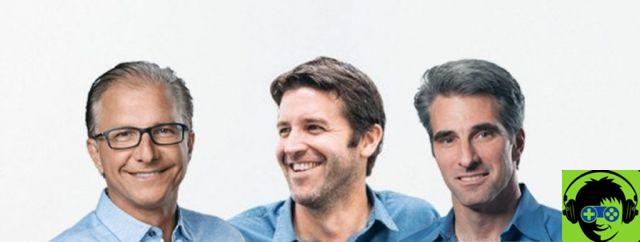
In this case, to explain a little about the process of creating the Apple system on an M1 chip, three heavyweights of the company, the director of marketing Greg 'Joz' Joswiak, the director of software Craig Federighi and the technical director of the hardware, John Ternus, met with reporters from the Independent to discuss the details of the process leading up to the presentation. In passing, they answered some of the more persistent questions the benefit left.
Here we extract the most interesting parts of their answers.
About the power and efficiency of the chip
“We surpass ourselves,” says Craig Federighi. “There are times when you have projects with goals to achieve where you say, well, we stayed close, it's worth it. But in this M1 project, part of what makes us jump for joy and smile is that, as the pieces fit together, we said 'this works even better than we thought'.
"The battery consumption data started coming in and we said to ourselves," This must be a joke. I thought we had people who knew how to value these things. "

On the team
John Ternus says: “A dynamic began within the teams that were so passionate and enthusiastic about the product that they wanted to keep pushing the boundaries, keep optimizing: 'How much can we improve it further? How much more can we improve it? '"
So many medals come at a time when it seems a little bit like they are selling the bike, so Federighi adds: “We really want everyone to start using computers and trying like us, because I think the product sells itself. We are the first to be surprised by the result of our work, and we are very happy to be able to share it with customers ”.
On the first generation
The new Soc has the number one in the name (M1) and therefore it cannot be ignored that Apple is asking people to trust totally new hardware to house the most important things in their lives.
Joz, for what it's worth, notes that he "bought one of the new computers yesterday" and Federighi jokes that "the shopping page was cluttered with Apple employees themselves" and that "no one bothers to try the first version of this system ".

On the choice of name
"I think the name M1 makes a lot of sense on a Mac chip," says Joz. "The letter 'A' was chosen for Apple's phone chips and we've been trying to use letters that make sense ever since: Headphone chips use H [for headphones], so you can see the trend ... we have great ideas for the product names ".
About the difference in power between some teams and others
The M1 was used in three different products: MacBook Air, MacBook Pro, and Mac Mini. The latter has a place in the product line, but since the Air and Pro have the same chip, how do they differ?
"Thermal capacity" says Federighi. The Pro has a fan (in Apple's words "active cooling system" - while the Air does not, and the rest of the performance comes from there. What limits these chips is the heat: the more refrigerators, the faster they are. "
In the passage from one architecture to another

"We have already done it," says Federighi. “We've seen others in the industry try to do it and they haven't been as successful. But we, I think, have perfected this type of transitions, we know exactly how to manage the tools that make everything easy for developers ».
“When we met and planned this transition years ago, we already had this incredible talent pool within the organization and the experience to come up with a plan that would bring together the best of each department. And that's why it's so exciting for everyone, because we've been able to bring the best of Apple together and project it into these products. "
On the failure to redesign the equipment
"I think these teams are presented as: look what can be done with the M1 and all our technologies," says Ternus. “I think starting the transition with the M1 has very solid pillars. And we're not someone who changes design just because we want to: we have a great platform, we have a fantastic new processor, we can combine them into something truly spectacular. And this is the reasoning we have done in this case ".
Learn about Macs with Intel
“They are Mac, they use macOS. Big Sur is a great release for all Macs, ”says Craig Federighi, and will continue to do so. The operating system uses the same installer, uses the same apps and will continue to be an important part of our attention for many years to come. '
On the redesign of Big Sur and the Mac touch

“I have to say that when we introduced Big Sur and those articles started coming out saying 'Wow, Apple is leading the way in the touch interface' and I was wondering what? As?"
«We have designed and evolved the appearance of macOS in the way that seems most natural and comfortable, without even thinking about the touch interface from a distance. We live in a world with iPads, with iPhones, with our sense of aesthetics - which distinguishes that light and open air of the interface - the fact that all devices now have retina displays. All of these things led us to the design of the Mac that felt more comfortable, without having anything to do with the touch interface.
“I've never felt more comfortable browsing our family of devices as a user, which I do hundreds of times a day, going through iOS 14, iPadOS 14 and macOS Big Sur. They all have that family resemblance, which means switching between devices becomes more unconscious.
“Each interface feels like the correct embodiment of what the experience on that device should be like. And that's what you see, not a sign that there will be a change in the method of entering information into devices "







